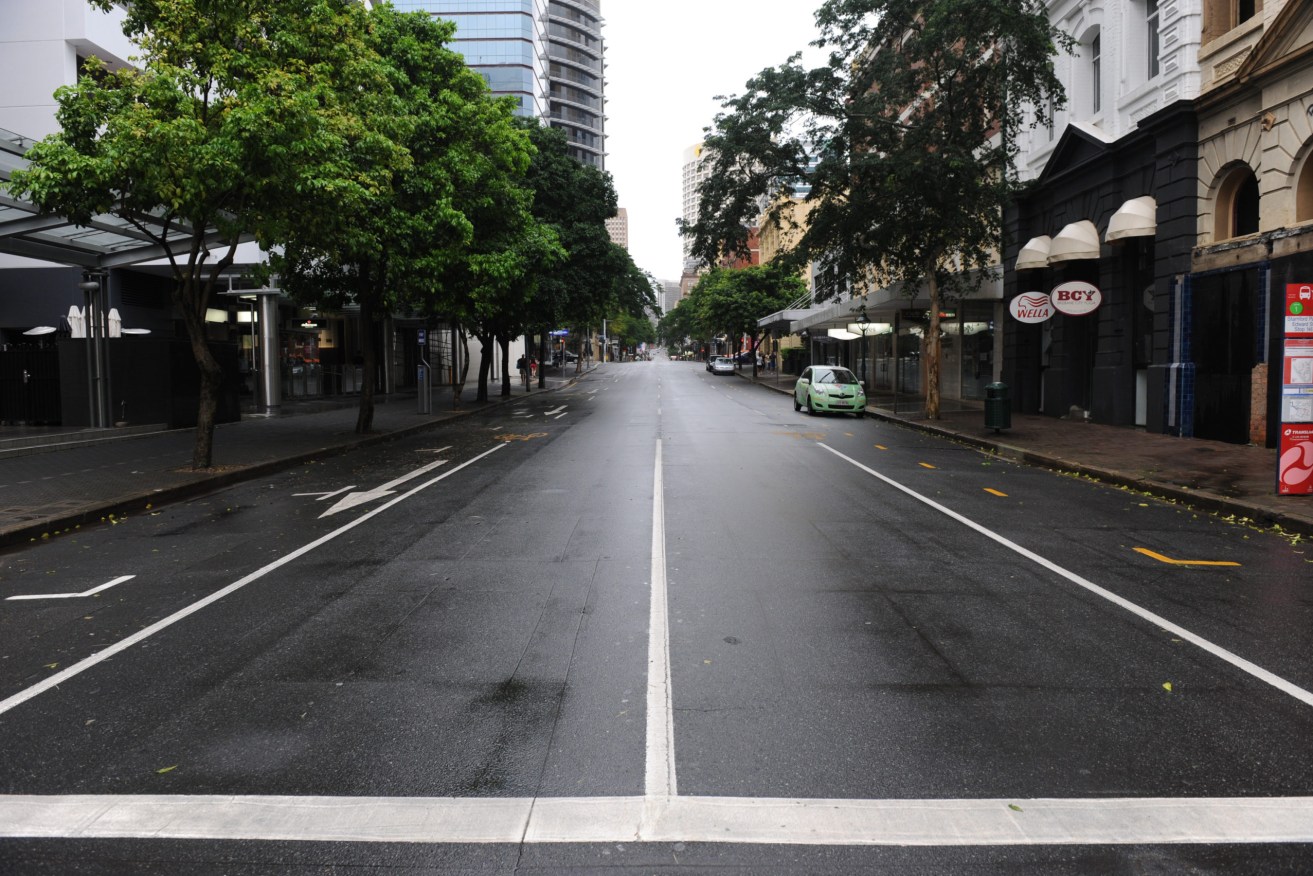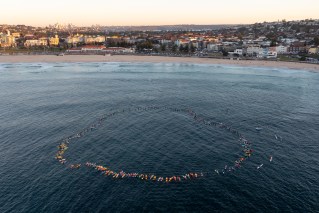Perm in the ‘burbs: Report predicts cities set to undergo profound change
The Productivity Commission has labelled the working from home trend a ‘forced experiment’ that will change the nature of cities and where people need to be.

The Productivity Commission believes cities like Brisbane will have to change due to the working from home trend. (AAP Image/Dave Hunt)
Before the arrival of COVID-19, fewer than eight per cent of Australians were working from home, however that has since increased to 40 percent – much higher if workers are in lockdown.
Productivity Commission chairman Michael Brennan today said the trend was unlikely to be reversed, and governments and employers should prepare for the biggest shift in employment practices in decades.
“It is inevitable that more Australians will work from home,” Brennan said.
“The forced experiment of COVID-19 has greatly accelerated take up of technology, including that which assists working from home opportunities.”
In a new research report, the Productivity Commission has outlined how the trend will alter transport and commuting patterns, and potentially housing choices, with flow-on impacts across society, business and the economy.
“In the first instance, it will mean fewer people in CBDs and commercial centres, and changes to where people spend their money before work, at lunch time and after work,” the report states.
“These changes will prompt a range of reactions and second-round effects, which will also alter the makeup of cities. These include changes to where some businesses locate and where some people choose to live. For example, fewer hairdressers may be seen in Brisbane’s CBD and more in Norman Park, fewer cafes in Perth’s CBD and more in Inglewood.”

A Productivity Commission map of Brisbane.
While central workplaces will still dominate, and the Productivity Commission expects ongoing economic benefits from people clustering together, there will be geographic dispersion. Its modelling suggests Brisbane could see fewer workers in and around the CBD, and potentially other major workplaces around Brisbane Airport, industrial precincts and the south-west corridor, as more people in the outer suburbs work from home.
“There may also be fewer people living in the inner suburbs of cities, with more people moving outwards, to larger houses with space for a home office,” the report states.
“There will likely be fewer people on peak-hour trains, and more people walking to local shopping strips. But just as people and businesses are adapting to the possibilities of widespread work from home, they will also adapt to the changes it brings. For example, any decrease in the cost of renting office space in cities — combined with the difficulty of repurposing office space in the short term — may enable some firms to take advantage of cheaper or better office space. And the convenience of operating a business with many others located close by, as well as the lifestyle of living closer to the bustling city, are both things that many people are likely to continue to value even when working from home becomes an option.”
The report notes that some people may relocate from cities to the regions, which will add to demand for infrastructure and services in those areas.
Deputy Premier Steven Miles today said people continued moving to Queensland from other states because of the local lifestyle, work prospects, and response to COVID-19.












